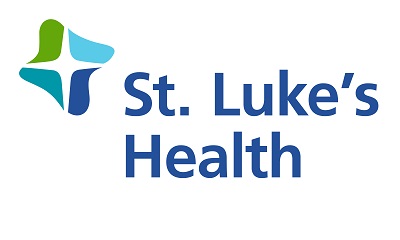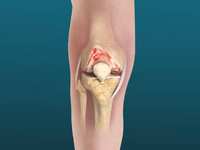- Categories :
- More
How to navigate providing patient care while building for the future

Construction projects present hospitals and health care organizations with a complex dilemma: how to continue providing quality care to the patients of today while enhancing facilities for those of tomorrow. During a project, you need to deliver the seamless, high-level experience patients have come to expect, but changes to infrastructure and how patients get around the facility—not to mention increased noise levels—complicate the task. Let’s explore some lessons I’ve learned in my career that can ease and simplify it.
Take a Multidisciplinary, Triad Approach to Project Planning
The success of any construction project hinges on upfront planning and alignment with key stakeholders as part of strong teams, especially physicians, non-physician caregivers and administrators. Involving these groups on the front end to help design a new or renovated space and think through its workflow, function and capabilities is the secret sauce to ensuring a project proceeds as smoothly as possible.
Recently, we completed the activation of a unit at one of our facilities. Despite the lack of holes to fill—the department was fully staffed and outfitted with equipment—I organized a three-month planning and transition committee before we placed our first patient on the unit. This may seem a bit excessive, but it gave the team time to understand the scope of the work and put together critical task logs, planning and assumption documents, and our RACI—responsible, accountable, consulted and informed—responsibility matrix. As a result, when we went live with the unit, we had minimal misuse because we’d worked everything out ahead of time.
Some construction projects require an especially granular level of detail and planning due to the nature of the impact on patients and staff. Projects that involve surgical spaces, for example, call for heightened levels of environmental control and infection prevention.
In addition, proper planning can help mitigate some of the supply chain issues lingering from the COVID-19 pandemic. For large organizations, however, procurement may still be tricky. For example, at St. Luke’s Health, our typical lead time for obtaining new IV pumps, which we recently sought to do as part of a grand-scale renovation project at one of our campuses, would be a couple of weeks. Due to the sheer volume of our purchase, however, the timeline ended up stretching into months.
Seek the Input of the Staff Members Closest to the Work
Collaborating with stakeholders from the beginning is the most important lesson my career has taught me about successful project management—and ensuring that, when all is said and done, the finished product makes sense for both patients and those who care for them.
I was involved with every detail of a construction project when I served in leadership at a different health system. When it was time to select the flooring, we sought the input of our housekeepers, not their managers. My team and I loved a particular product, but the housekeepers showed us it was easy to smudge and difficult to clean. That was a lightbulb moment for me. I learned that taking leaders’ perspectives into account is valuable, but we also need to seek the input of the professionals who will use a product or facility every day.
Use Your EHR to Keep Patients Informed
Communicating with patients about the changes taking place at your facility and how to navigate them is key. Your best tool for doing so may be your EHR, which has the unique ability to efficiently disseminate important messages to large numbers of patients. Start communicating early and update as needed.
Recently, a renovation project at one of our facilities necessitated a change to our parking structures. When patients scheduled appointments and on the day of their scheduled visits, they received a message through the EHR informing them about the construction and advising them where to park (complete with a map) and how to access the building. We provide similar EHR-based notifications to patients about the ongoing renovation of Baylor St. Luke’s Medical Center’s McNair Campus.
Don’t Underestimate the Importance of Wayfinding
One of the simplest but most important lessons I’ve learned about smoothing patient care during a construction project is that you can never have enough signage and wayfinding materials. Renovations and new builds can be confusing for patients, especially those with a history of receiving care at your organization who are accustomed to its current layout and infrastructure.
For the aforementioned parking disruption at one of our facilities, we estimated needing 10 to 15 signs to help patients find their way. We ended up with around 45. You simply can’t have too many signs. It’s all part of mitigating the impact of a project on your patients, along with other best practices such as working with contractors to conduct off-schedule (overnight or weekend) work or closing a unit and lifting and shifting care to another space so construction doesn’t take place next to patients’ rooms.
Little Steps Go a Long Way
Patient comfort is top of mind for us as we work through the renovation at BSLMC’s McNair Campus. A group of physicians, nurses, administrators and non-clinical support staff meets every Thursday to discuss patient flow changes for the week ahead. Department managers and hospital administrators visit patients in their rooms to ensure the construction isn’t having a significant impact on their stay. We distribute items such as earplugs and sleep masks to help patients rest comfortably. And of course, we’ve placed ample signs throughout the building to help patients and visitors find their way around.
By Donnie McLaughlin, FACHE, COO at St. Luke’s Health

















